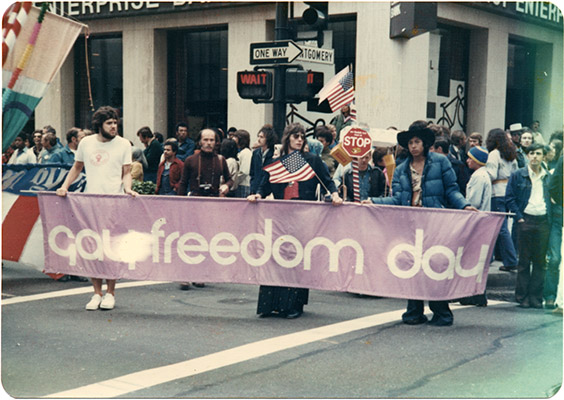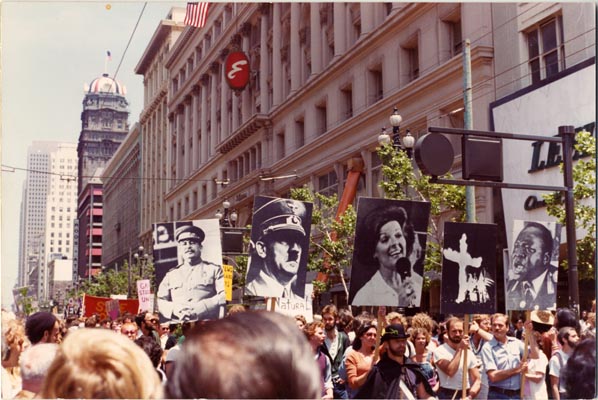 The recent release of the movie Carol has been heralded by a few articles about its author, Patricia Highsmith, and the book upon which it is based. With its five Golden Globe nominations, Carol has now garnered even more attention for this lesbian love story set in the 1950s.
The recent release of the movie Carol has been heralded by a few articles about its author, Patricia Highsmith, and the book upon which it is based. With its five Golden Globe nominations, Carol has now garnered even more attention for this lesbian love story set in the 1950s.Many of us recognize Highsmith's name in connection with her suspense novels Strangers on a Train (1950) and The Talented Mr. Ripley (1955), both of which were made into feature films. However her name is less well known for Carol. This is due, in no small part, to the fact that the book was originally published as The Price of Salt (1952) and under the pseudonym Claire Morgan.
The library has several editions of the book published between 1952-2015 and under various combinations of author and title. It turns out that the 1984 edition was printed by Naiad Press. When I looked in the Barbara Grier-Naiad Press Collection (GLC 30), I found letters between Grier, Highsmith and her literary agents that begin in 1965 and, with some long gaps, continue into the 1990s. As a whole, the correspondence sheds light on Highsmith, the book, and its influence on many readers from 1952 on.
 |
| Barbara Grier-Naiad Press Collection (GLC 30) |
One thoughtful addition to the 1984 Naiad Press edition is an afterword by Claire Morgan. The afterword provides an introduction to what the 1940s and '50s was like for homosexuals. It also examines why The Price of Salt, with its positive ending, was so important to its readers.
 | |
| Claire Morgan's Afterword to The Price of Salt/Carol, October 1983. Barbara Grier-Naiad Press Collection (GLC 30) |
As I read through the files, I knew I would find material about the reprinting of the book. What I had not expected to find was a letter from Grier to Highsmith written in 1965!
 |
| Barbara Grier to Patricia Highsmith, November 5, 1965 Barbara Grier-Naiad Press Collection (GLC 30) |
Highsmith's reply is elegant, informative and moving.
  |
| Patricia Highsmith to Barbara Grier, November 15, 1965 Barbara Grier-Naiad Press Collection (GLC 30) |
The Bantam edition of The Price of Salt and the correspondence files in the Barbara Grier-Naiad Press Collection (GLC 30) are available through the San Francisco History Center, 6th floor, Main Library. Other editions of The Price of Salt can be requested at the paging desk on the 3rd floor or in the Fiction section on the 1st floor, Main Library.















































